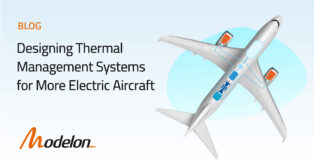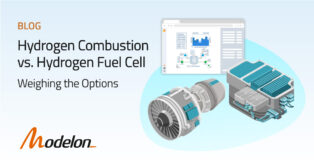Modelon 2022.2 Release: System Simulation on the Cloud Has Arrived
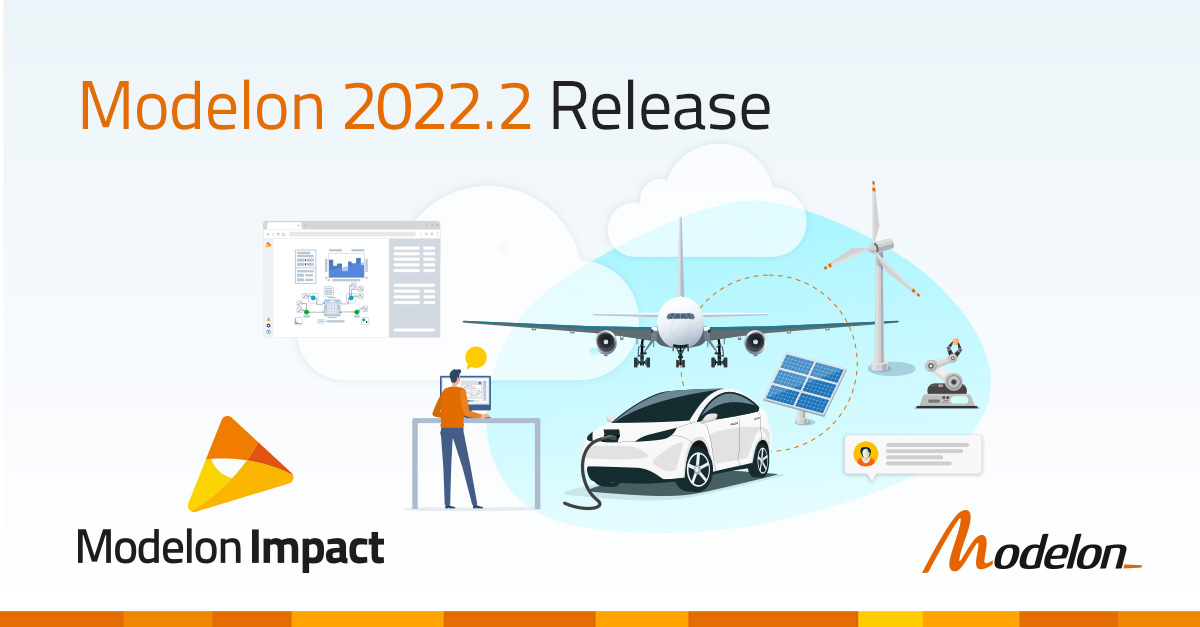
For the Modelon 2022.2 release, we’re happy to officially announce Modelon Impact Cloud, our system simulation platform accessible via public cloud. It includes better productivity, increased scalability, and all without the responsibility of hosting and maintaining data resources. And for customers who prefer it, we also offer Modelon Impact for private cloud and On-Premise installation as well.
Here’s all you need to know about the Modelon 2022.2 Release:
Modelon Impact Cloud Now Available
Running on Microsoft Azure, Modelon Impact Cloud relieves customers of the IT hassles that come with onboarding a new engineering platform – all while making it easier for teams to collaborate and leverage powerful solvers from anywhere in the world. Here are the core benefits of Modelon Impact Cloud:
- Elevated Productivity
- Access your Modelon Impact workspace from anywhere you’ve got internet. No need to sacrifice run times, modeling complexity, or accuracy of results.
- Better Decision-Making
- Enable experts and non-experts alike to interpret your models via platform features and web applications to make decisions.
- Heightened Collaboration
- Bring team members, stakeholders, and partners together within a centralized modeling and simulation workspace.
- Increased Flexibility
- Fully customize the code layer of your models and integrate Modelon Impact with your existing toolchains using APIs.
Check out our new Modelon Impact explainer video! For a deeper dive on Modelon Impact, get in touch with us today to schedule a demo.
App Mode
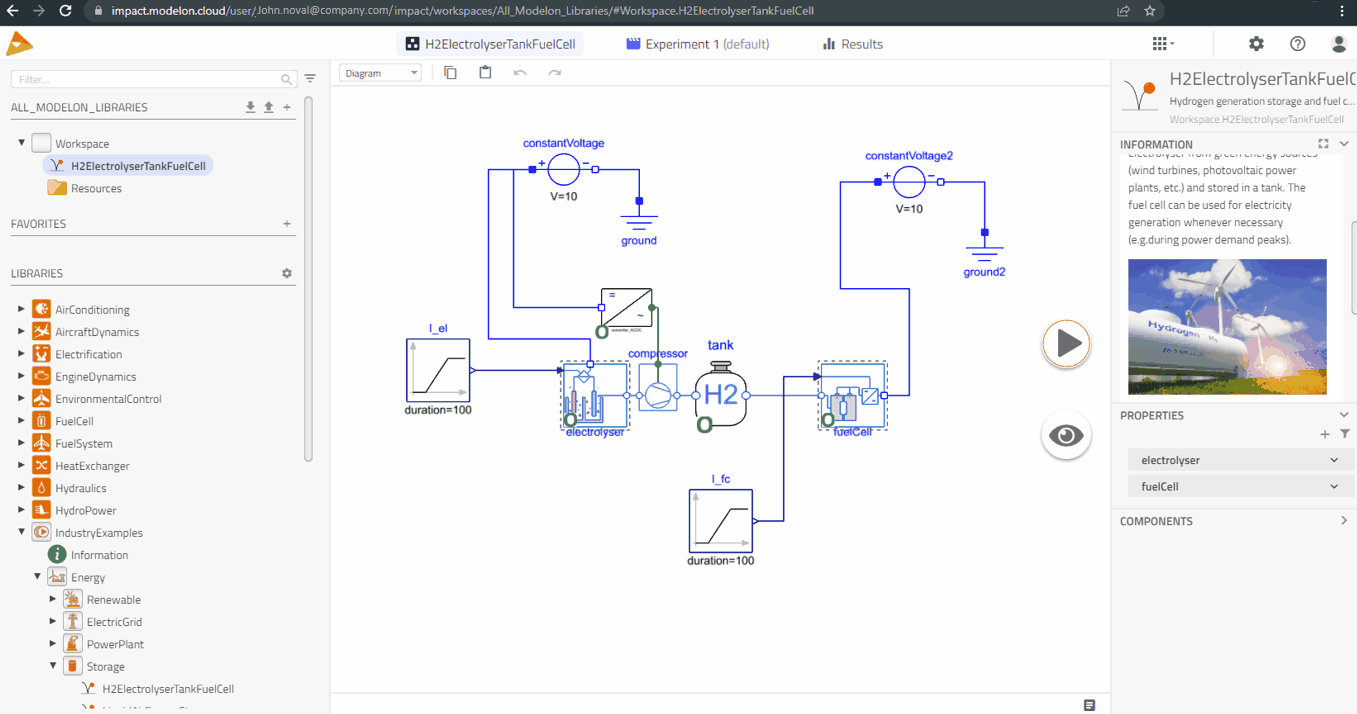
All Modelon Impact customers can now use App Mode – a feature for sharing locked models as Apps with customizable parameters, data visualization widgets, and plots. App Mode allows users to export a model and share it with a colleague or partner.
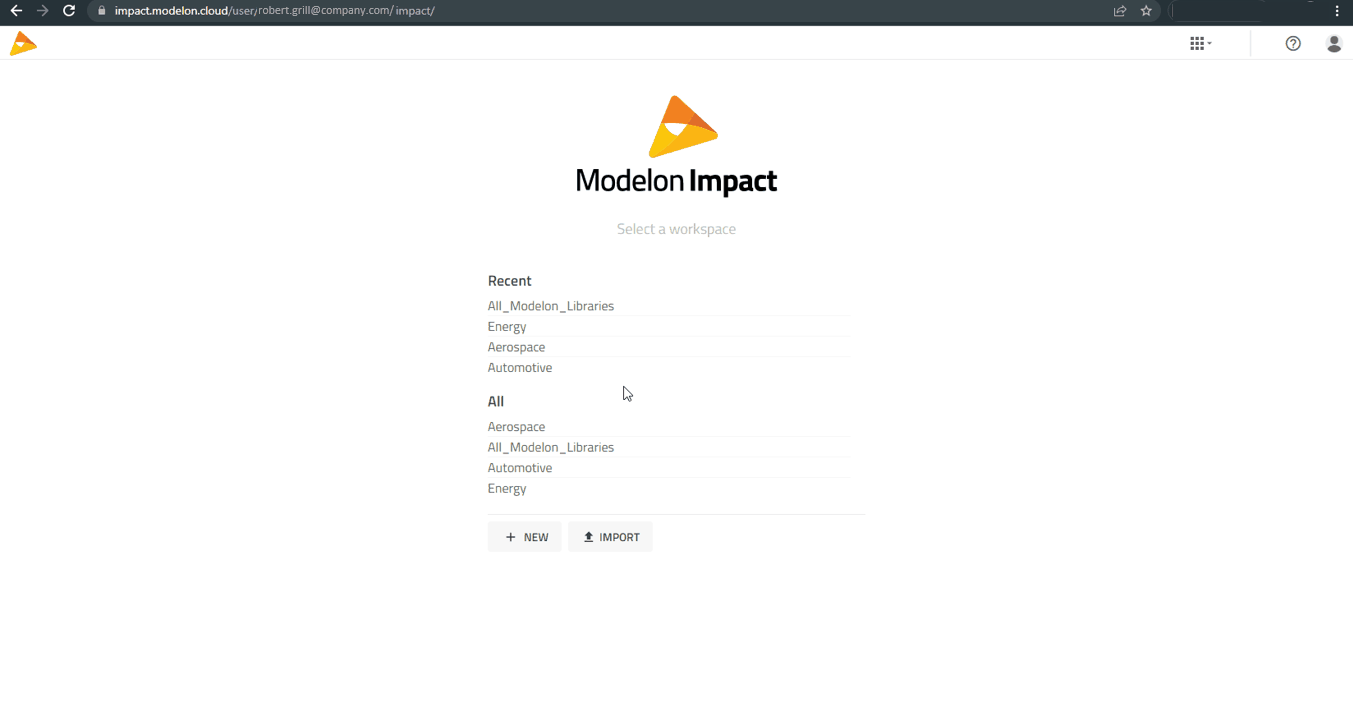
A user can import the locked model as an app, allowing the model to run with different input parameters.
A viewer can then perform different experiments using predefined data visualization widgets, such as plots and graphs, to interpret the model.
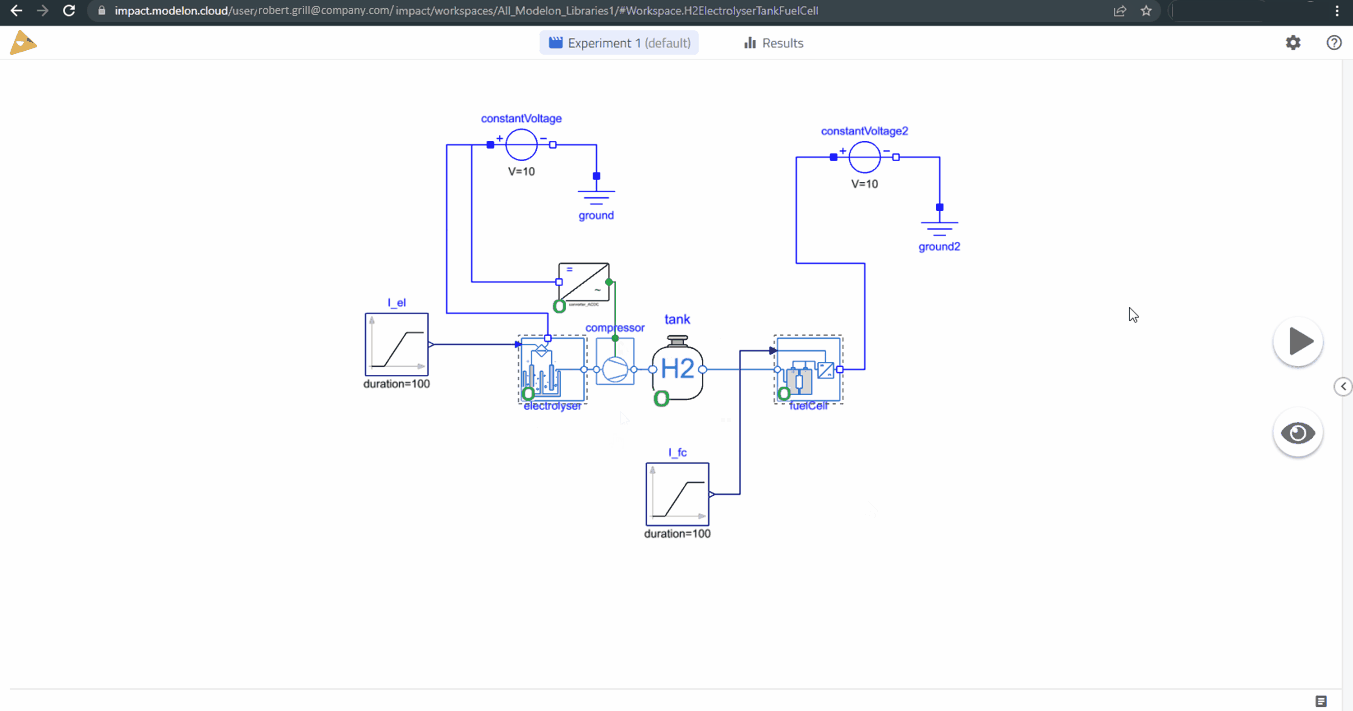
Workspace Clean-up
Running into disk space issues? A user can now choose to delete results older than a selected number of days to free up disk space. This feature is accessible directly through the user interface.
Manual Re-Compilation
Manually re-compilate your model by the SHIFT+ button for an already compiled model. Use this for special occasions like HiL, FMU export, ext. dependencies, etc.
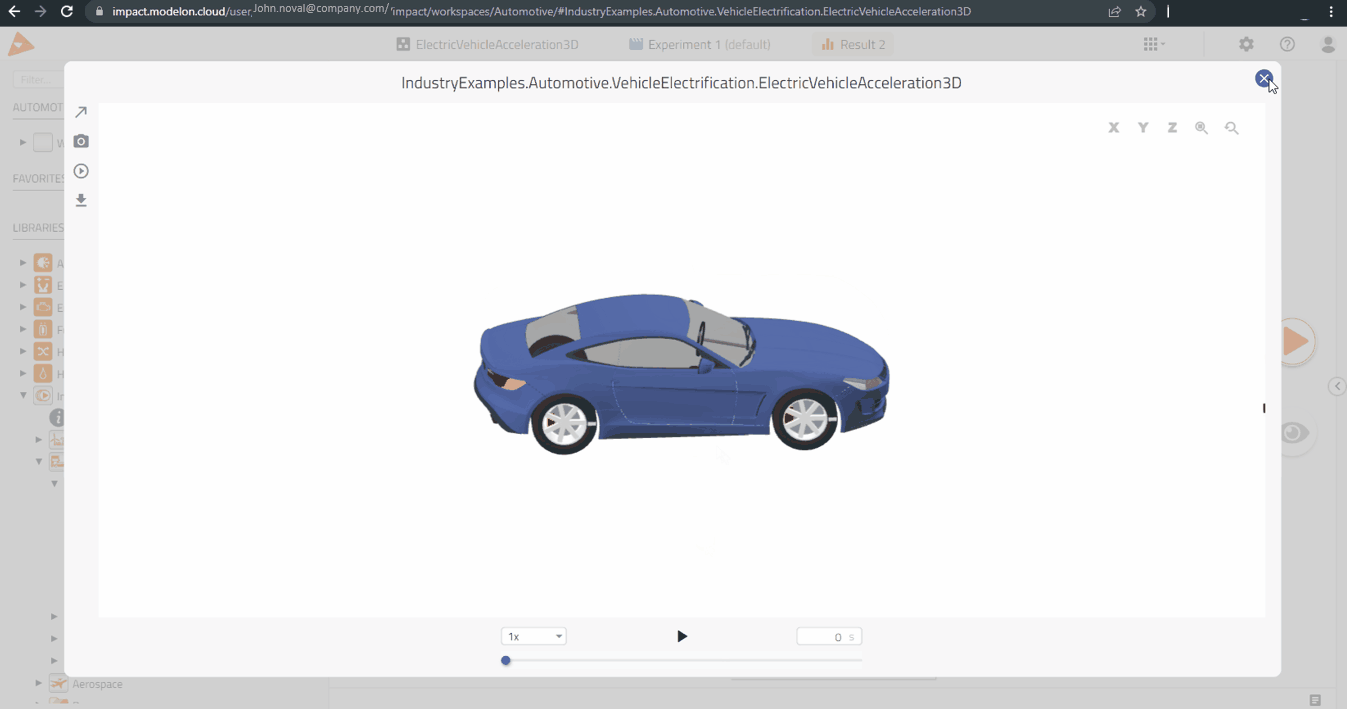
Modelon 2022.2 Release Library Updates
All Modelon Library Suite libraries are available within the Modelon Impact Pro tier. Whether you have access to all Modelon libraries, or a select few, here are some notable updates we’ve made to them.
New Tutorials
- Clean Aircraft Tutorial – This tutorial describes the workflow to build a model, experiment, and achieve results in order to explore the relationship between the electrification, fuel consumption, and range of an aircraft. You will need access to the Aircraft Dynamics Library, Electrification Library, and Modelon Base Library. View the tutorial in the Modelon Help Center.
Individual Library Updates
- Aircraft Dynamics Library
- Airbus A300 and F16 aircraft geometries now available
- Aerodynamic models improved for better simulation speed and accuracy
- Electrification Library
- Lead acid 12V battery example model now available
- New documentation for selecting, configuring, parameterizing, validating, and resizing battery models
- NiMH, LFP, NCA, LIP, LeadAcid battery core model examples added
- Increased ability to simulate heat transfer between individual cells within a battery pack
- Fuel Cell Library
- Gas-gas discretized humidifier model now available
- Jet Propulsion Library
- New examples for flat models of JT9D and Geared Turbofan, each with bleeds
- Added Mean Line package for modeling and simulation of fluid machinery (compressor) with a focus on the building blocks from aerodynamics and thermodynamics
- New propeller model with maps (Constant and ExternalFile) and mass estimation
- Vapor Cycle Library
- Defrost controller developed to control the compressor, evaporator fan motor, and condenser fan motor, based on the evaporator air inlet temperature and defrost mode
- New industry refrigeration compressors added with their test benches allowing their testing and validation
- Robustness and initialization of Capillary Suction Line Heat Exchanger significantly improved
- Ability to choose from different flow coefficients in valves
- Vehicle Dynamics Library
- Significant performance improvements for Driver-in-loop (DiL) and Vehicle-in-loop (ViL) models resulting in faster turnaround times for detailed models for ADAS and automated driving in ViL applications

